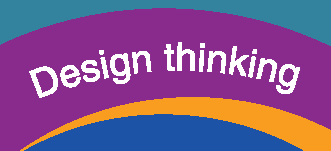Images that are represented and stored on computers using geometric elements such as points, lines, curves and shapes. Unlike bitmap images, vector graphics can be easily scaled without loss of clarity due to all points used in the reproduction of the graphic having a clearly defined location and shape in two-dimensional space.
For example, if a line is drawn using vector graphics, only the two end points and the fact that it is a straight line need to be stored. To double the length of the line only needs information about one end point changed so that the software can fill in all the dots between. As a bitmap, each pixel would have to be doubled in size, making a more ‘blurry’ image. (The software doesn’t ‘know’ it is a line and stores information about all the pixels that made up the line separately.)

bitmap graphic

vector graphic
Cultivation of plants or animals on or in a vertical space associated with a multistorey building or vertical, or near-vertical surfaces.
A representation of an object, real or imagined, in a digital form. Examples might include a reproduction of a landmark such as the Eiffel Tower in a virtual world tour, or of a constructed spaceship in an environment designed to simulate changes in gravitational force or air density that would not be possible in real-world experiments.
A programming language or environment where a program is represented and manipulated graphically rather than as text. A common visual metaphor represents statements and control structures as graphic blocks that can be composed to form programs, allowing programming without having to deal with textual syntax. Examples of visual programming languages include: Alice, GameMaker, Kodu, Lego Mindstorms, MIT App Inventor, Scratch (Build Your Own Blocks and Snap).
Note: A visual programming language should not be confused with programming languages for creating visualisations or programs with user interfaces, for example, Processing or Visual Basic.
Software to help in the recording of ideas as visual representations. Examples in are computer-aided drawing (or computer-assisted design – CAD) and computer simulation. Graphic organisers are visualisation tools as are software that display graphs of data.